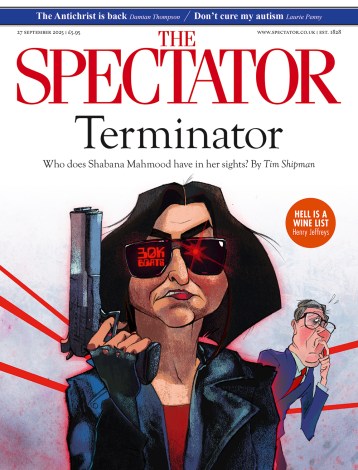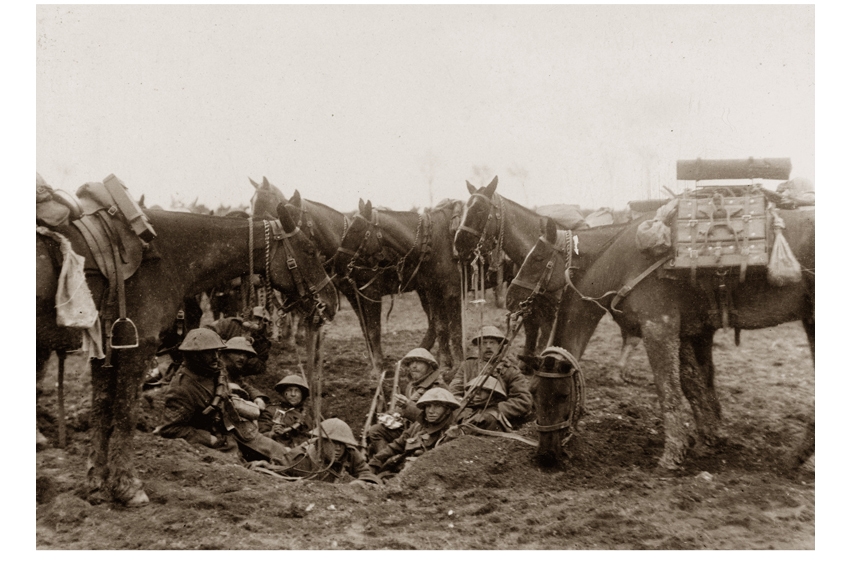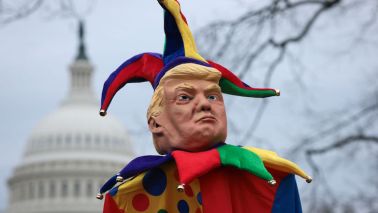The charge of the Scots Greys at Waterloo: you’ll know it from the Risk board game. Hundreds of soldiers on lustrous white horses, manes billowing as they gallop straight at the viewer. A magnificent sight, but the stuff of nonsense: the horses probably weren’t all greys and they definitely weren’t turned out as if for Ascot.
This is one fact to emerge from War Horse: Fact or Fiction?, the exhibition now showing at the National Army Museum in Chelsea (until August). Other myths are dispelled. Contrary to popular opinion, the history of British cavalry is not one of heroic failure. Even the bloodiest charges succeeded in their military aims. To adapt Tennyson, the Light Brigade did and died in the valley of death.
Above all, the show explains that cavalry were not the only war horses. The army used millions of beasts of burden during the first world war, of which more than 60 per cent perished. Numerous animal welfare organisations sprung up during the conflict, and original campaign material from the RSPCA and the Blue Cross is displayed.
There are photographs from the Crimean War and the first world war (‘Cavalrymen resting in a shell hole, c.1916–7, Western Front’, above) and others of gaunt nags flailing in the mud — which may, of course, have been staged for political reasons, adding another dimension to the fact and fiction question.
There is a slightly contrived tie-in with Michael Morpurgo’s War Horse, the film adaptation of which is to be released in January, but this engaging show merits a Christmas holiday visit.






Comments